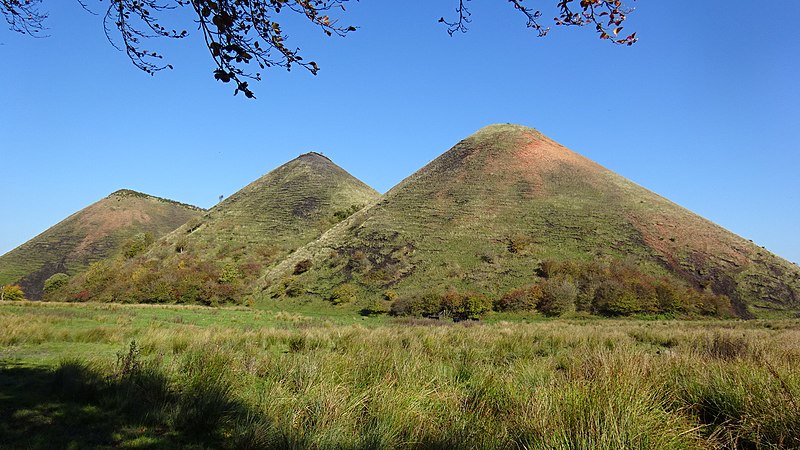In the latter part of the 19th century and the early years of the 20th century, the largest source of employment in West Lothian, Midlothian and East Lothian was undoubtedly the mining industry.
Many thousands earned their living either underground or as a surface worker at one of the many mines. There were around 30-40 mines associated with the East Lothian / Midlothian coal field. The smallest employed just a handful of miners but large complexes like Newtongrange employed around 2500 at its peak.
West Lothian had around 25 coal mines but was particularly known as the first location in the world to produce commercial quantities of oil shale from mines. This followed chemist James Young developing a process for refining shale oil and purifying paraffin wax. The industry started in the 1850s and continued through to 1960. The visible legacy that remains are the spoil heaps or shale bings, some of which have, perhaps surprisingly, become protected historical monuments.

Many will have ancestors who worked within the mining industry. There is a fabulous resource available online at https://scottishmining.co.uk. This provides extensive lists of working mines at different times, very detailed descriptions of miner’s housing, pit accidents and related reports of all kinds. There’s fascinating reports of history associated with the miners. Did you know for example, that the miners in Tranent rioted against the imposition of a requirement to raise a local militia in 1797 ? Dragoons ended up killing 11 individuals and injuring many more. There are also details of emigration initiatives to America, Canada and Australia between 1840 and the 1920s. There’s also a fascinating Shale Industry website at https://www.scottishshale.co.uk/ which focuses on West Lothian.
For those within easy reach, I’d recommend a visit to the National Mining Museum at Newtongrange in Midlothian.